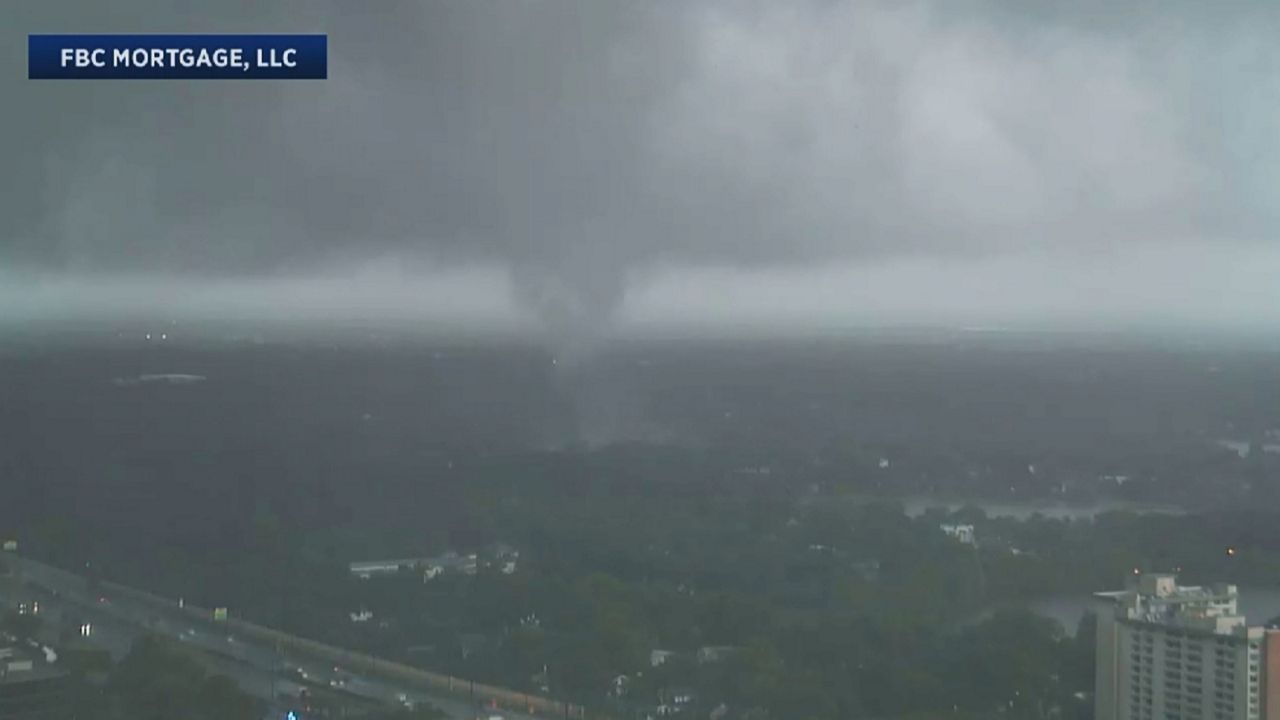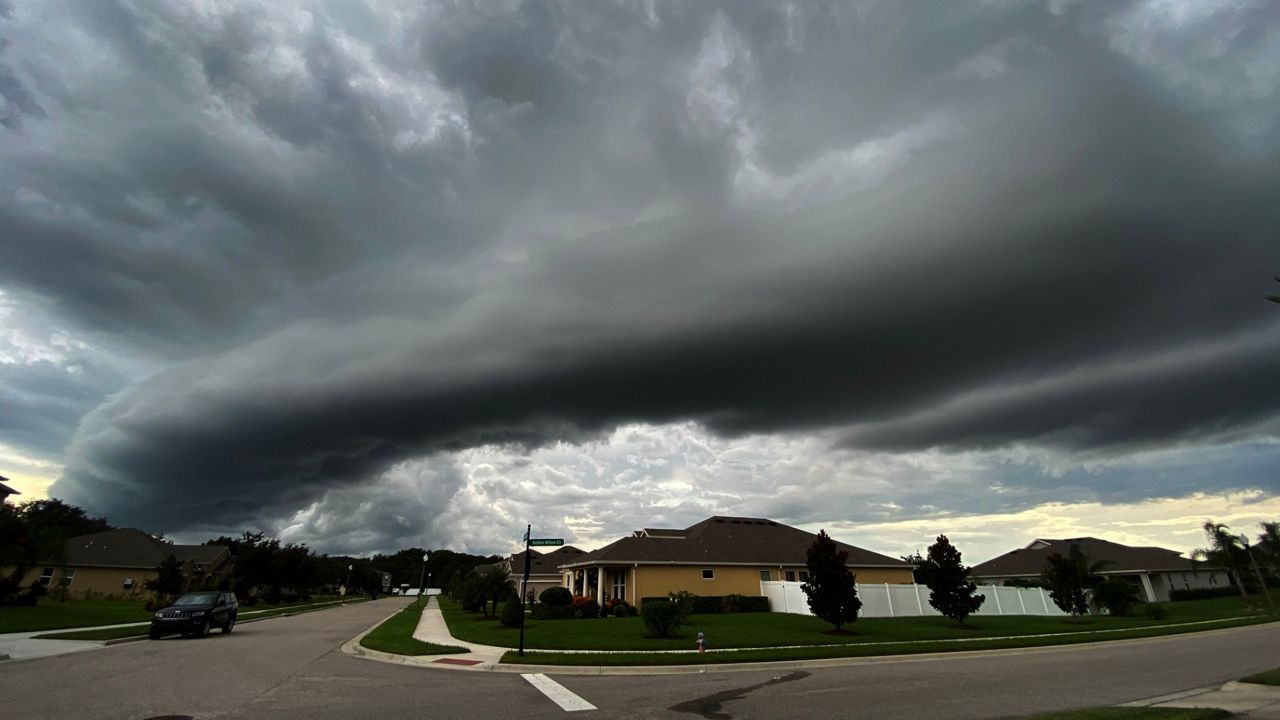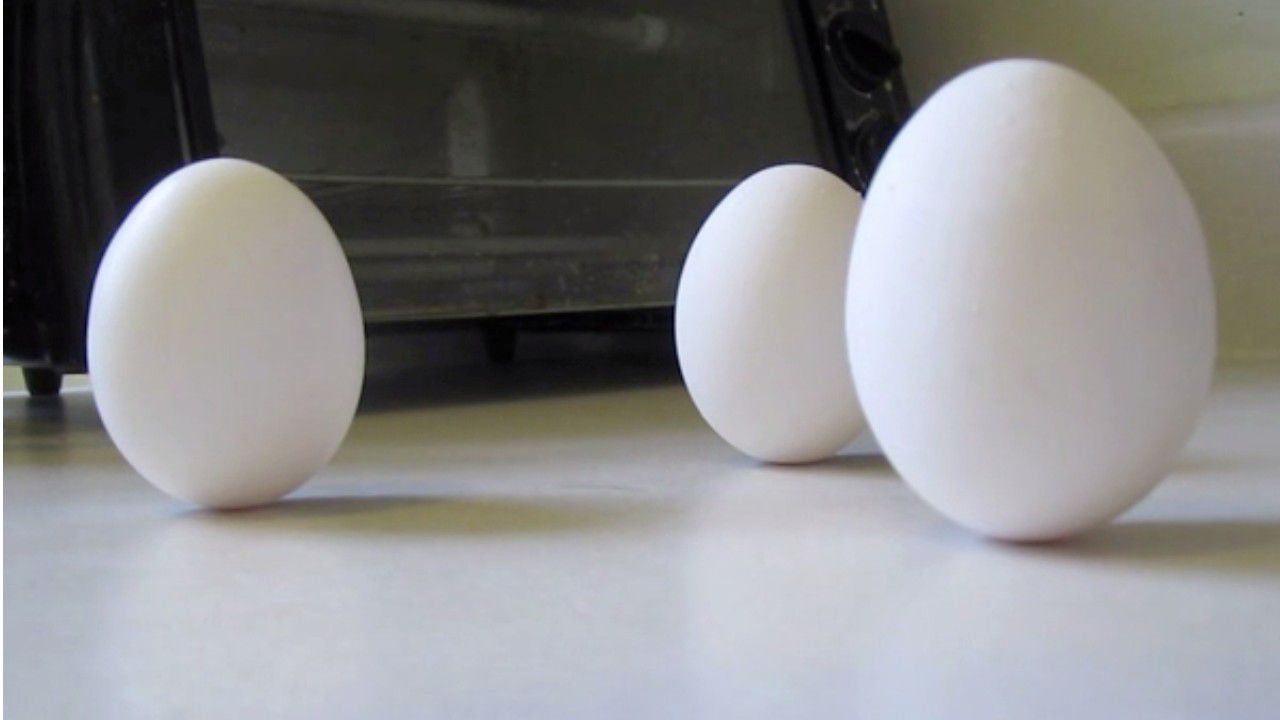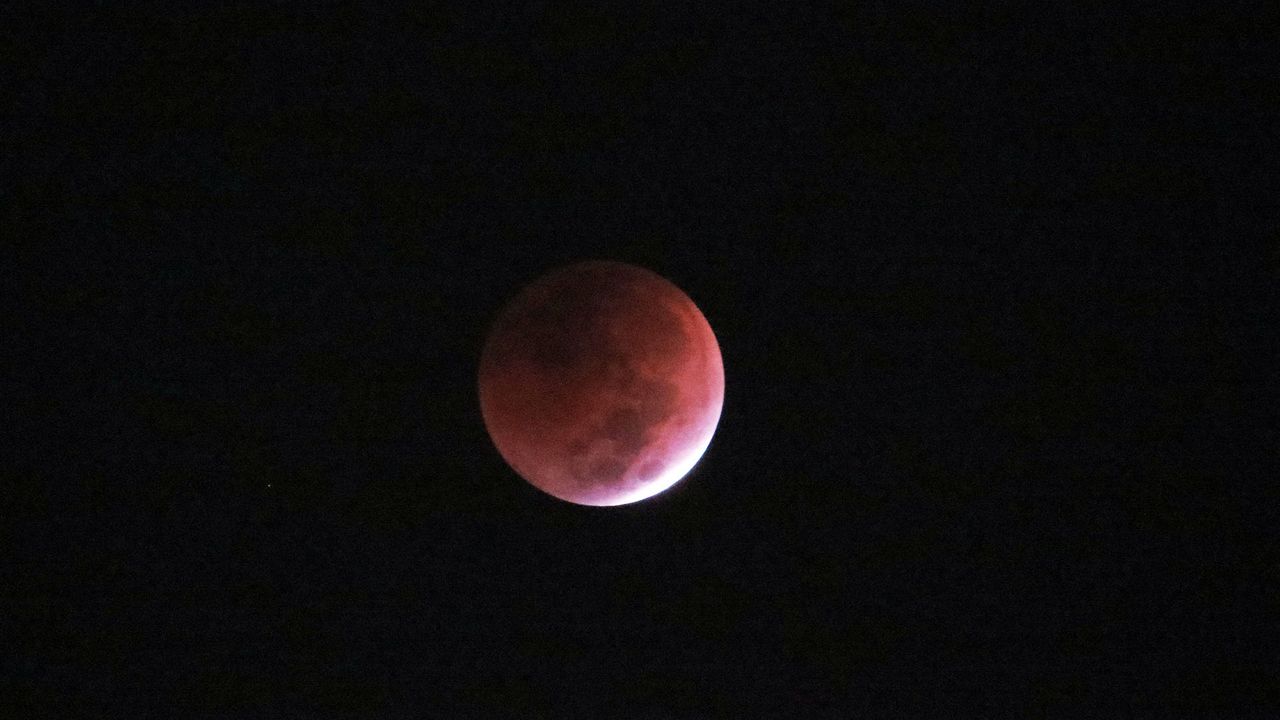It is not uncommon for Central Florida to get a wide range of wild weather throughout the year, and 2020 was no different.
While it seemed to be a big year for tornadoes, we were able to avoid a major tropical hit during the record-breaking season.
Before we head into 2021, let’s look back at the biggest weather events that occurred each month this past year.
Not too long after the kickoff of 2020, we had our first of many tornado outbreaks this year. On January 4, Lake and Volusia counties had two confirmed touchdowns.
The first occurred near Okahumpka around 10:30 that Saturday morning. Rated an EF0 with winds up to 75 mph, this tornado stayed on the ground for over two miles, caused damage to several mobile homes, and toppled a large oak tree.
The second tornado occurred near Deland around 11:25 a.m. This tornado was stronger and rated an EF1 with peak winds of 100 mph. Two homes had major roof damage. Luckily, no injuries occurred in either tornado.
On February 6, a strong cold front pushed through Central Florida. This front sparked a tornado watch and several warnings as a line of storms moved in.
Several gusts over 60 mph toppled trees and caused power outages that evening.
No weather events worth noting occurred during March.
As the pandemic started to ramp up and the country started shutting down, it was a blessing that Central Florida did not have to worry about the weather, as well.

Strong storms once again ripped through Central Florida on April 20, dropping three tornadoes.
With winds of 85 mph, the first tornado formed near Ocala and moved over I-75.
Two other tornadoes also formed in Seminole County, one near Sanford and another near Deland.

After nearly a decade, astronauts were scheduled to launch on May 27 from the Kennedy Space Center.
This attempt was postponed, however, due to bad weather. The crew was minutes away from liftoff when lightning and a brief tornado warning in Brevard County stopped the mission.
There was eventually a successful launch for the crewed mission on May 30.

We expected severe weather heading into the weekend of June 6 but did not anticipate a tornado forming just south of Orlando.
Storms quickly fired up that Saturday afternoon, and several severe thunderstorm and tornado warnings were issued.
An EF1 tornado, with max winds of 105 mph, formed near Orlando. While there were luckily no injuries, several houses reported damage.

While it wasn't until August that Isaias moved along our east coast, it first developed on July 29 in the eastern Caribbean.
It gained hurricane strength over the Bahamas on July 31, and tropical storm advisories were issued for Central Florida.
While Isaias remained offshore, it did bring gusty wind, squalls of rain, and a storm surge along the east coast on August 2.
Severe storms on August 18 dropped not one but two tornadoes again in Volusia County.
One was rated an EF0 near Orange City, and the other was a stronger EF2 near Deland.
The EF2 was the third near Deland this year and had max winds of 115 mph.
After we avoided a tropical system for the majority of September, afternoon thunderstorms brought our biggest flood threat on September 27.
Slow-moving, sea breeze storms sparked heavy rain and flood warnings that Sunday.
In less than 24 hours, parts of Lake and Volusia counties received over seven inches of rain!
During October, we usually encounter flooding concerns from a tropical system.
Although several storms developed during the month, it was a steady onshore flow that brought a lot of rain to the coast on October 3.
Showers continued to move ashore and brought Melbourne close to an inch of rain and Daytona Beach close to an inch and a half in less than three hours.

Eta formed as a tropical storm in the Central Caribbean on October 31. It wasn’t until November 8 that it made the first Florida landfall in the Florida Keys.
It curved back toward Florida and made a second landfall on November 12 near Cedar Key. Both hits were at tropical storm status.
Much of December held below-average temperatures, but the numbers dropped on Christmas Day.
A front moved through Christmas Eve, followed by some chilly air.
Highs only reached 53 degrees in Orlando on Christmas, the coldest it’s been for the holiday since 1995.








